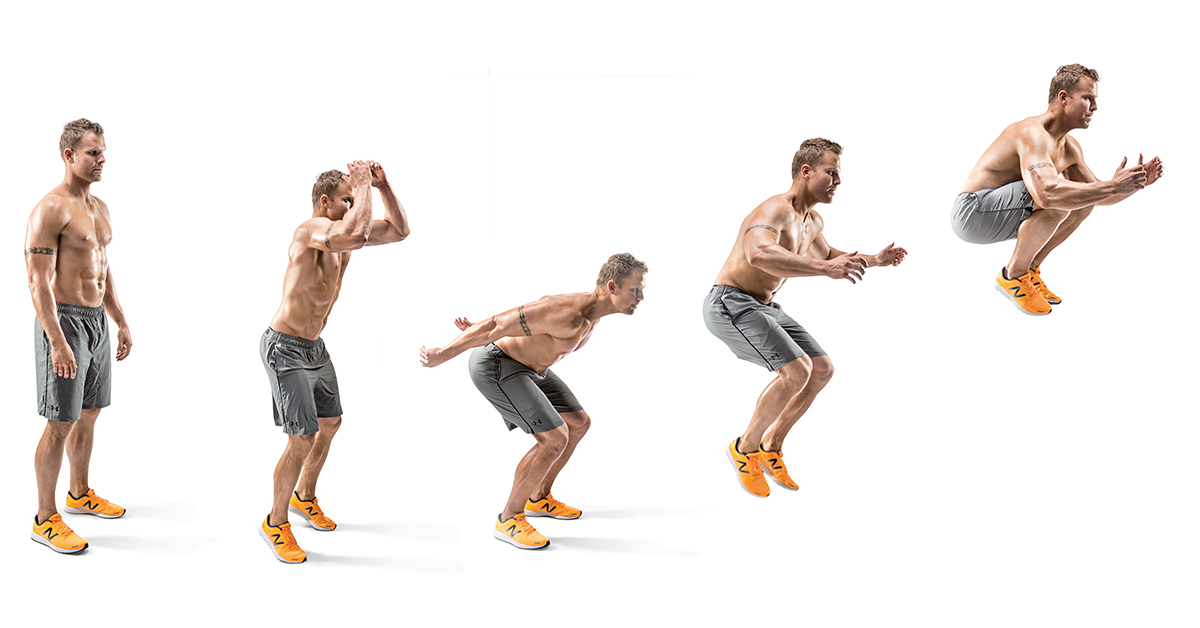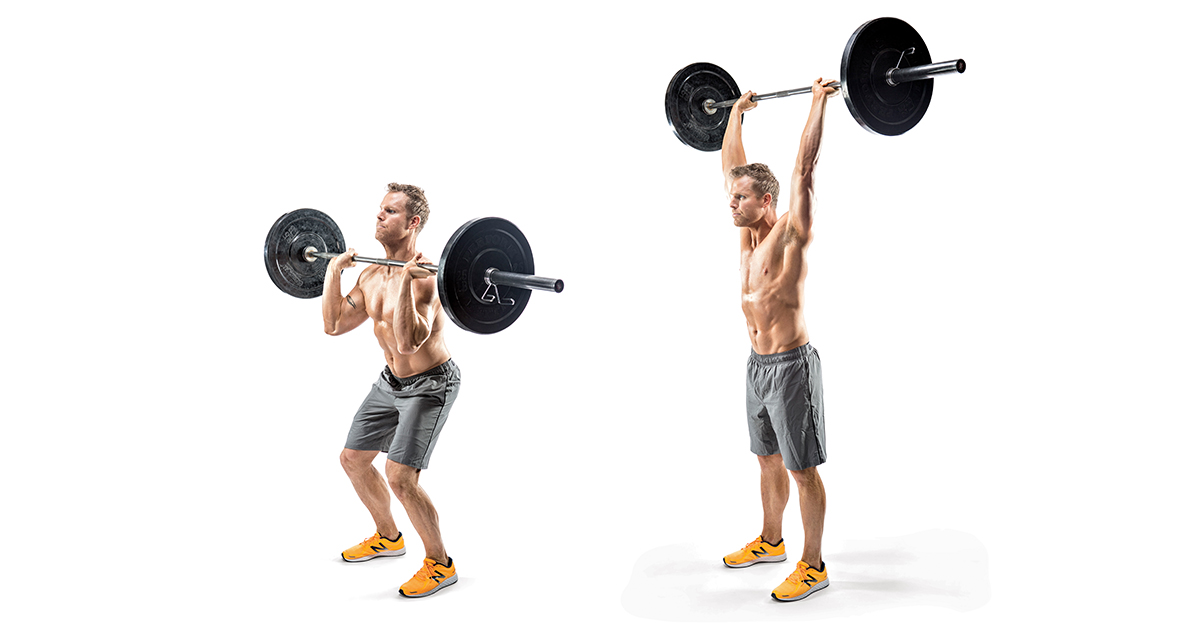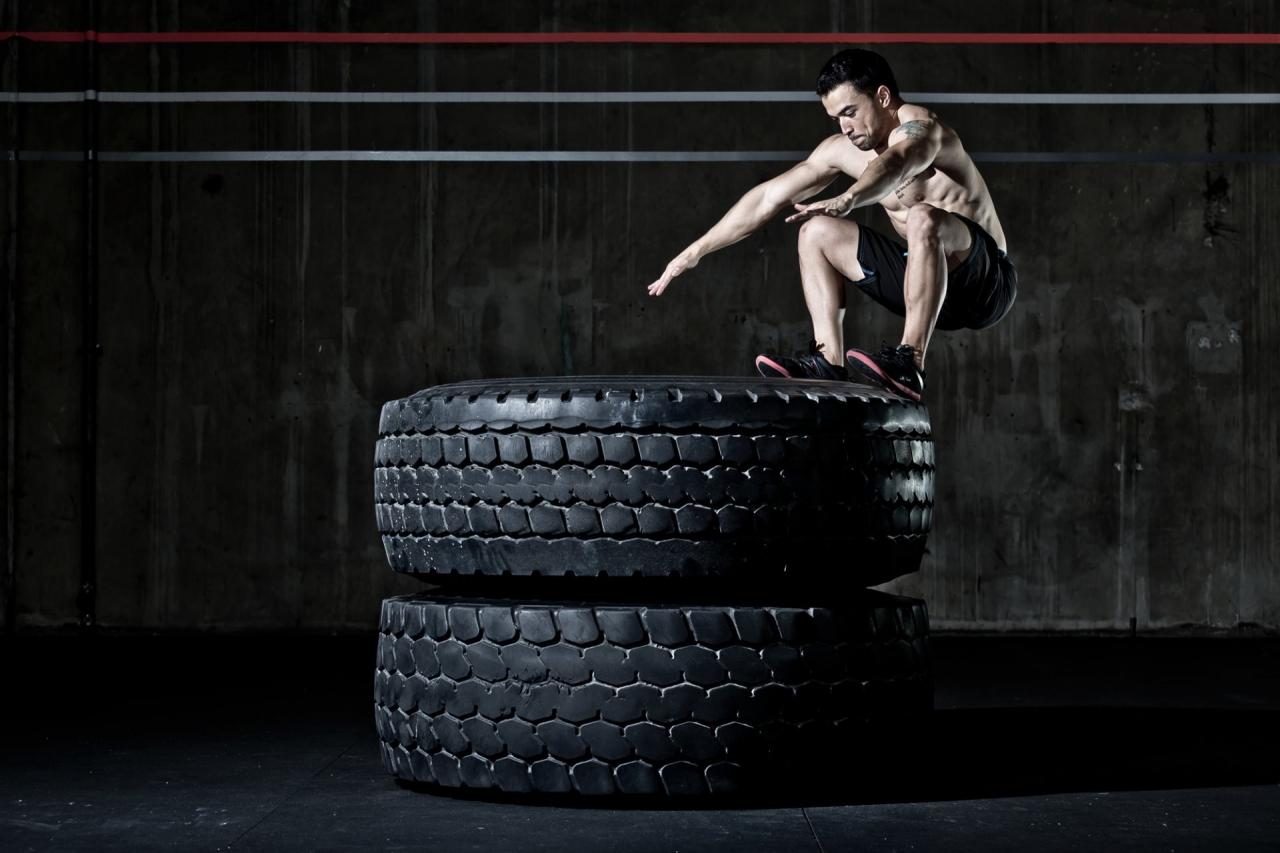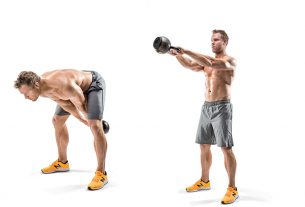The acronym HIIT is widely used in fitness. You can’t get around it and you shouldn’t want to. Short for High Intensity Interval Training, it is a method of using a maximum intensity burst with periods of rest or low intensity, and is widely regarded as the most effective way to burn maximum fat and improve fitness. . What makes HIIT extra attractive is its versatility. You can use it with everything from Tabata to jumping rope and bodyweight exercises like cycling, running and standard lifts, and it can give you a tiring, muscle-intensive workout that you can complete in 25 minutes or less.
We asked 10 top trainers and strength coaches to all deliver an intense HIIT session that you can do on its own, or in addition to your current program.
BIGGEST HIIT 1
HEART RATE HOTEL
Time: 10-30 minutes (not including warming up)
Laps: 5-10
Contributor: Gunnar Peterson (CSCS), celebrity trainer who has worked with Sylvester Stallone, Bruce Willis, and Tom Brady, among others.
TRAINING
Perform the exercises in succession as quickly as possible.
- Push up x10
- Squat x10
- Crunch x10
- Superman x10
- Tuck jump x10
Why the name heartbeat hotel? “Because it’s great for training to use indoors and when traveling,” explains Peterson. If you’re wondering where the rest periods are… technically there aren’t any. “There is no time between exercises or rounds but the time it takes to get into position, grab a drink of water, or puke.”
TUCK JUMP
This move improves explosiveness and helps burn fat faster once you’ve worked your way through the first four exercises. Start with knees bent, jump as high as you can while pulling your knees in front of your chest, then land softly with your knees slightly bent to avoid knee injuries.

BIGGEST HIIT 2
FAST AND FURIOUS
Time: 15-20 minutes
Contributor: Lee Boyce, a Toronto-based licensed personal trainer and owner of Lee Boyce Training Systems.
TRAINING
- Barbell back squat x10
- Bodyweight pull up x10
- barbell push press x10
Complete 6 rounds, resting 90 seconds between each round. As your fitness improves, reduce the rest time by 15 seconds per round before adding weight.
This clump of three exercises targets the major major muscle groups – glutes, quadriceps, hamstrings and core via squats, upper back and biceps via pull-ups, and shoulders, triceps and core with push presses. “It’s a classic vertical push-pull workout arranged for triset,” Boyce says. “It kicks your fitness into high gear and exposes you to weight training dumbbells.”
“People who are really hardcore can finish this workout with my ‘two minute squat challenge’. Simply load the barbell with the equivalent of your body weight and do full reps for two minutes without putting the weight back. The rules are simple: each repetition must be made over an entire range of motion. You can rest as long as needed between reps with the barbell on your back.”
BARBELL PUSH PRESS
Bend your knees slightly and then explosively push the weight toward the ceiling. Extend your arms fully overhead. This increases the range of motion and stability of the shoulders.

BIGGEST HIIT 3
30:30 TUF runs
Time: 12-18 minutes
Contributor: Doug Balzarini (CSCS), founder of DB Strength and co-owner of Iron Village Strength & Conditioning in Beverly, MA.
TRAINING
30:30 work to rest ratio*
speed: 10-14 km/h
slope: 10%
- Week 1 12 rounds
- Week 2 14 rounds
- Week 3 16 rounds
- Week 4 18 rounds
*30 seconds of running followed by 30 seconds of complete rest is one lap.
To be performed on a treadmill or outside in a park, on a jogging track or in the neighborhood on the street. The speed should be extremely challenging, but keep you running with proper form. Set the level of going up or down to match your fitness or ability.
If you’re healthy enough to sprint outdoors or on a treadmill, you should always have a HIIT workout available to you. “Running is an underappreciated human activity that produces results,” Balzarini says. “Just look at the sprinters at the Olympics. Is there one that is too heavy? I call this ‘TUF runs’ because we did this on The Ultimate Fighter (TUF) broadcasts that I was on a few years ago.”
BIGGEST HIIT 4
Epic Box Jumps
Time: 6 min.
Contributor: Alex Nicholas, owner and head coach of Epic Hybrid Training in New York City and a Reebok-sponsored Spartan Race athlete.
TRAINING
Eight rounds go full speed for 30 seconds, interspersed with 15 seconds of rest.
- Fast Box jump*
*Box jumps with a 15, 22 or 30 centimeter plyo block performed with the hips less than fully extended; the goal is to get the maximum amount of touches with your feet per work interval, to keep the focus on speed, agility and the exhaustion of the fast muscle fibers.
Plan this workout at the end of a strength workout, or combine it with other exercises (such as jumping rope, kettlebell swings, burpees, battle ropes, thrusters, and 10-meter sprints), followed by the same format for a longer HIIT session. Nicholas normally prescribes 4-8 exercises in a 45-minute lesson.
The eight rounds with a 2:1 work-to-rest ratio in this fast conditioning workout are based on Tabata intervals. He thinks the longer training time and rest rounds are better suited to gym goers.
“After four years of experimenting with over 1,000 participants with these intervals, we’ve seen that people don’t suddenly fall to maximum speed until they’re about five to ten seconds into a work interval,” Nicholas says. “We also discovered that the extra rest for the average athlete ensures maximum recovery. We kept the fundamentals of Tabata and included the mental aspect of HIIT (which can be easily overlooked).”
FAST BOX JUMP
Start and land in a quarter squat position. Top athletes can jump off the block when they are training for a competition where time is of the essence. Otherwise, it is better to step off the block to reduce the impact.
BIGGEST HIIT 5
Swing and squat
Time: 8 minutes
Contributor: Jim Smith (CPPS), strength and conditioning coach and owner of Diesel Strength & Conditioning.
TRAINING
Eight rounds of alternating 30 seconds of work with 30 seconds of active rest.
- Round 1 Kettlebell swing
30 seconds + Upward facing dog (double hip flexor stretch) with recovery breathing, 30 seconds
- Round 2 Kettlebell Goblet Squat
30 seconds + Upward facing dog (double hip flexor stretch) with recovery breathing, 30 seconds
- Round 3 Kettlebell Swing
30 seconds + Upward facing dog (double hip flexor stretch) with recovery breathing, 30 seconds
- Round 4 Kettlebell Goblet Squat
30 seconds + Upward facing dog (double hip flexor stretch) with recovery breathing, 30 seconds
- Round 5 Kettlebell Swing
30 seconds + recovery breathing, 30 seconds
- Round 6 Kettlebell Goblet Squat
30 seconds + recovery breathing, 30 seconds
- Round 7 Kettlebell Swing
30 seconds + recovery breathing, 30 seconds
- Round 8 Kettlebell Goblet Squat
30 seconds + recovery breathing, 30 seconds
You only need one kettlebell to perform these two incredibly effective basic exercises. Strong athletes in excellent condition can use a kettlebell of 25-35 kilos, less advanced athletes should start with 7-12 kilos.
“This workout is extremely metabolic and builds insane muscular endurance,” Smith says. “He targets two fundamental movement patterns (hip hinge and squat), while also stretching the shortened hip flexors. After four rounds, the active rest changes to just recovery into breathing, due to the intensity of the workout. The athlete will not be able to do the active recovery as it will interfere with the performance in the laps.”
KETTLEBELL SWING
Create explosiveness from the hips, which you fully extend when the kettlebell is at chest height. Place your feet a little further than shoulder-width apart.




